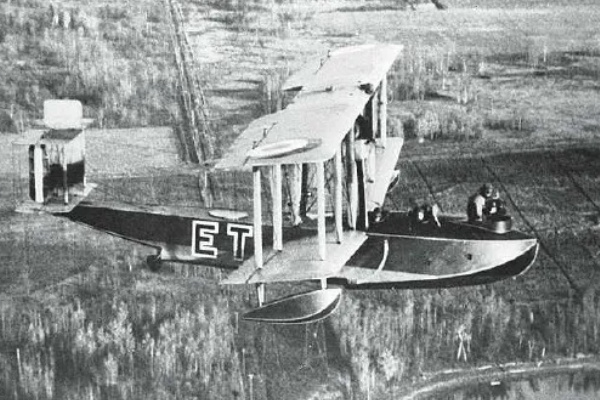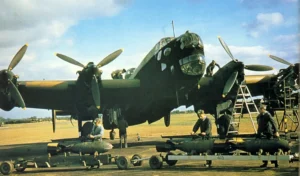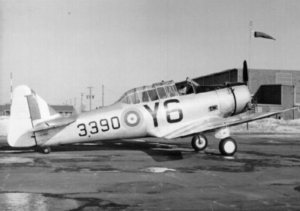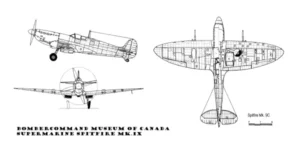The Vickers Viking IV biplane was the first amphibian aircraft to be used in Canada. Although designed in Britain by the British Vicker’s Aircraft Co, most of those used in Canada were constructed by the Canadian Vickers Company in 1923. These were the first aircraft built in Canada following the First World War.


da. Although designed in Britain by the British Vicker’s Aircraft Co, most of those used in Canada were constructed by the Canadian Vickers Company in 1923. These were the first aircraft built in Canada following the First World War.
The British built Vikings that were powered by a Napier lion engine. This engine was 12 cylinder and of a “W” design having three bands of four cylinders, one vertical with two others at 45 degree angles on either side. Originally designed during the First World War, the engine was bulky, but beautifully engineered and capable of 450 horsepower.
Eight Vickers Vikings were flown by the Royal Canadian Air Force from 1923 until the last one was “struck off strength” in 1931. The aircraft was used in a variety of roles, primarily in northern Canada. It featured an observer’s cockpit at the front of the fuselage which was often used for photographic reconnaissance.
The Museum’s Vickers Viking IV Replica
The replica is 7/8ths scale and was featured in the film “Map of the Human Heart”. The scenes in which the aircraft replica was used were filmed in the Canadian Arctic and involved a young Inuit boy who became fascinated by aircraft and became a bomb-aimer on Lancasters during the Second World War.
The replica is marked as G-CAEB which was the destination of a British built Viking. The first to be flown in Canada, it was sold to Laurentide Air Services Ltd. of Montreal in 1922. Two years later it made a 900 mile flight to reserves in the James Bay area, delivering treaty money on behalf of the Department of Indian affairs, a task previously accomplished by canoe. During the next two years was engaged in the first mineral exploration by air in northern Alberta and British Columbia, and in the Yukon. During 1926, “EB” spent most of July searching for a rumoured gold mine east of Great Slave Lake in the NWT. The prospector who had discovered the mine was unable to accompany the expedition after losing his memory when hit by a beer bottle during an altercation in a Calgary night spot. This made the search more difficult and it was not successful. In September 1926, the aircraft made the first “ground landing” of an amphibian in Canada when it landed at High River, 28 km north of Nanton, where it spent the next two years in storage. It was then freighted to Jerico Beach, BC where it was again put in storage after an emergency landing in English Bay. “EB”‘s final flight took place on September 16th, 1932 when a gas line snapped at 2000’ over the Straits of Georgia. The flaming amphibian was placed in a near vertical dive before alighting safely, but beyond repair, concluding a historic contribution to the development of aviation in Canada.
The replica, constructed at a cost of $115,000, was made available to the Nanton Lancaster Society following filming in the Arctic and in Montreal. It was shipped to Nanton with the co-operation of Mullen Trucking of Aldersyde Alberta.
This replica is currently on loan to the Alberta Aviation Museum in Edmonton.



